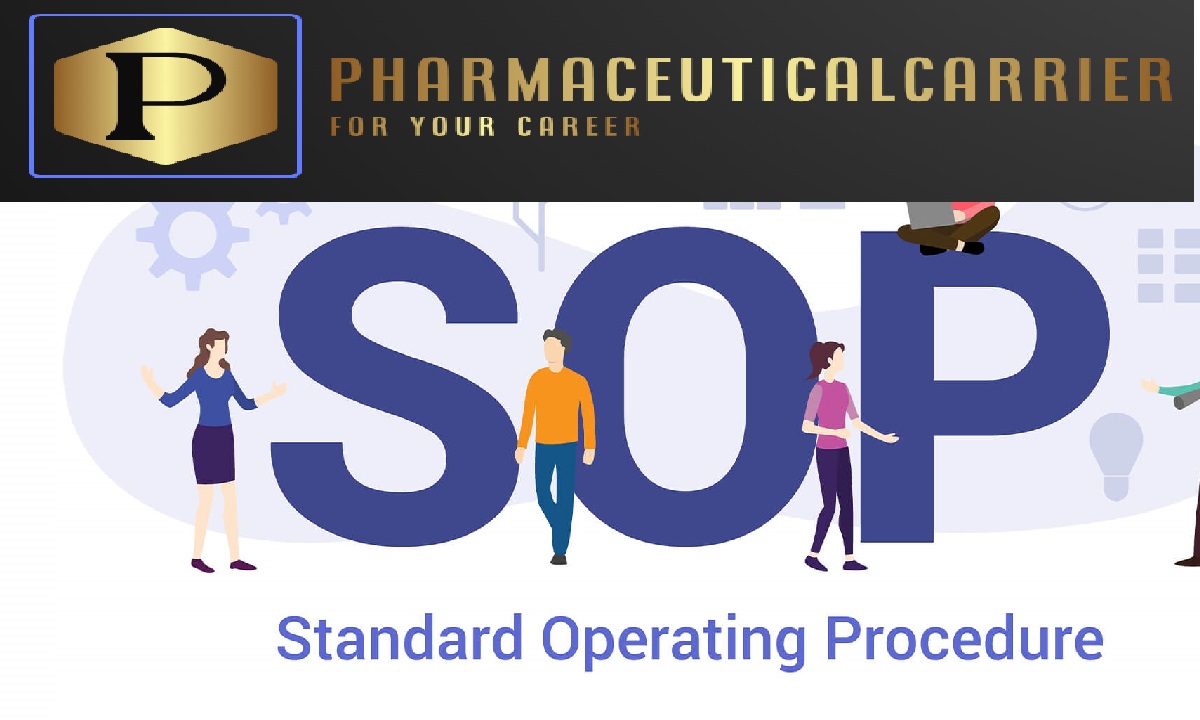I. Introduction to Software Validation
1.1 Background
- Provide an overview of the organization and its software development activities.
- Mention the importance of software validation in ensuring the reliability and quality of software products.
1.2 Purpose of the SOP
- Clearly state the purpose of the SOP, which is to define the process and guidelines for software validation.
II. Scope of Software Validation
2.1 Inclusions
- Describe the types of software and applications that fall under the purview of this SOP.
- Mention the specific stages of the software development life cycle (SDLC) covered by the validation process.
2.2 Exclusions
- Identify any software or development stages that are not part of the validation process and the reasons for their exclusion.
III. Definitions
3.1 Validation
- Provide a precise definition of software validation and its distinction from other related terms (e.g., verification, testing).
3.2 Validation Criteria
- Define the criteria used to determine whether the software is validated successfully.
IV. Roles and Responsibilities
4.1 Validation Team
- Enumerate the members of the validation team and their respective roles.
- Explain their responsibilities throughout the validation process.
4.2 Development Team
- Specify the responsibilities of the development team in facilitating the validation activities.
V. Software Validation Process
5.1 Planning
- Describe the planning phase, which includes defining validation objectives, resources, and schedule.
- Explain how risks and potential challenges related to validation are identified and addressed.
5.2 Requirements and Design Review
- Detail the process of reviewing software requirements and design documents to ensure they are clear, complete, and validatable.
5.3 Test Protocol Development
- Explain how test protocols are created, including test cases, test procedures, and acceptance criteria.
5.4 Test Execution
- Describe the execution of test protocols and the recording of results.
- Address the process of handling defects and deviations encountered during testing.
5.5 Documentation
- Outline the documentation requirements for all validation activities.
- Emphasize the importance of maintaining comprehensive records.
VI. Change Control and Validation
6.1 Change Control Process
- Explain how changes to the software, whether in requirements, design, or code, are managed and assessed for validation impact.
6.2 Revalidation
- Define the circumstances that trigger revalidation and the steps involved in revalidating the software.
VII. Training
7.1 Validation Training
- Elaborate on the training programs provided to the validation team and other stakeholders involved in the process.
VIII. Compliance and Quality Assurance
8.1 Regulatory Compliance
- Address the adherence to relevant regulations, standards, and guidelines applicable to the software domain.
8.2 Quality Assurance
- Explain the quality assurance measures implemented during software validation.
IX. Validation Documentation
9.1 Validation Plan
- Describe the content and purpose of the validation plan, which serves as the master document for validation activities.
9.2 Validation Reports
- Explain the format and content of validation reports that summarize the results of the validation process.
- For more articles, Kindly Click here.
- For pharmaceutical jobs, follow us on LinkedIn
- For Editable SOPs in word format contact us on info@pharmaceuticalcarrier.com
- For more information kindly follow us on pharmaguidelines.co.uk
Pharmacareer team is a team of Experts from every department of Pharmaceutical industry having enriched experience. Experts have work experience of many multinational pharmaceutical industries worldwide.


